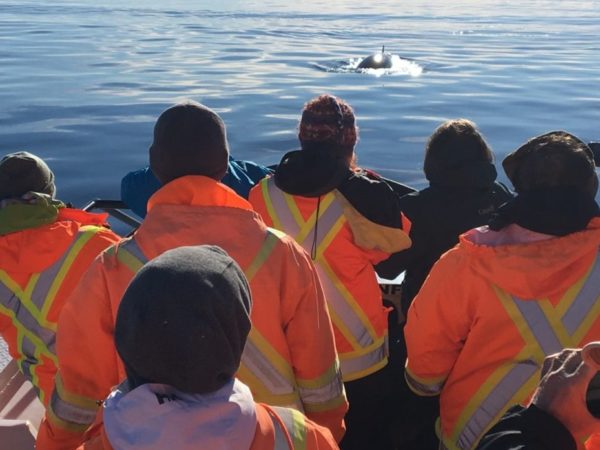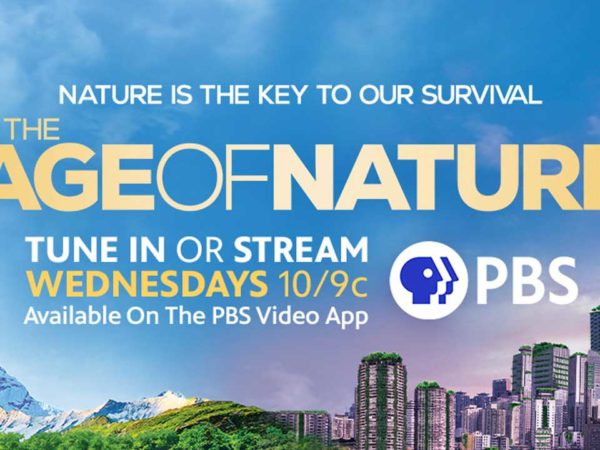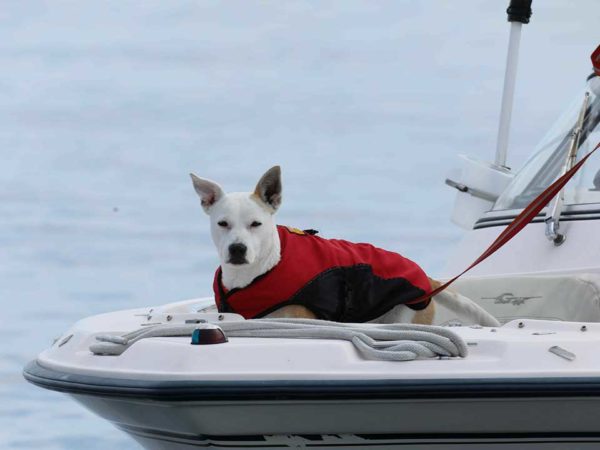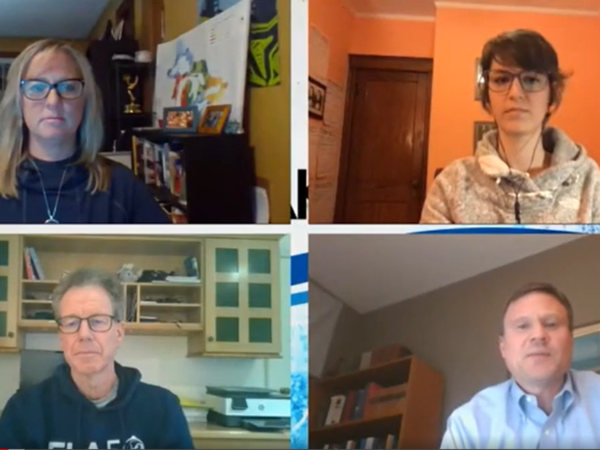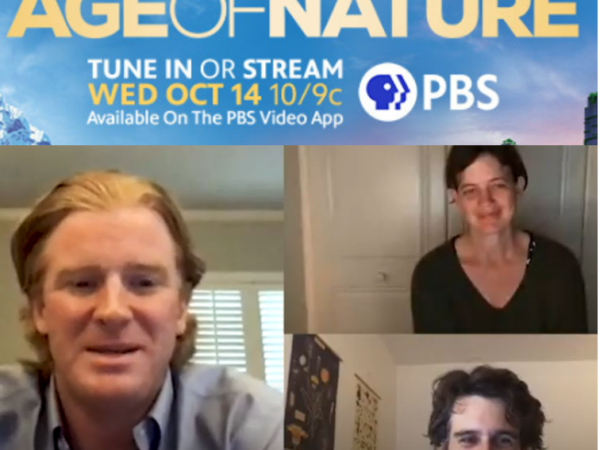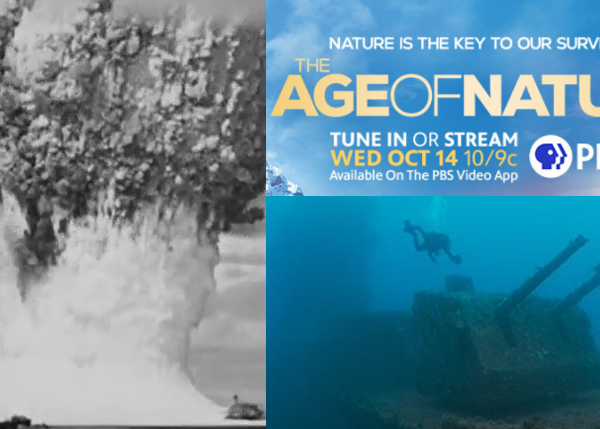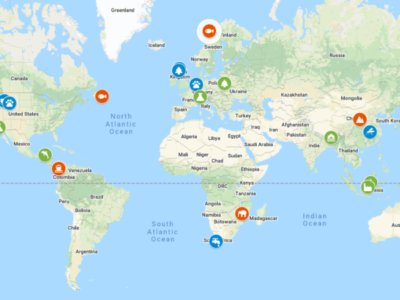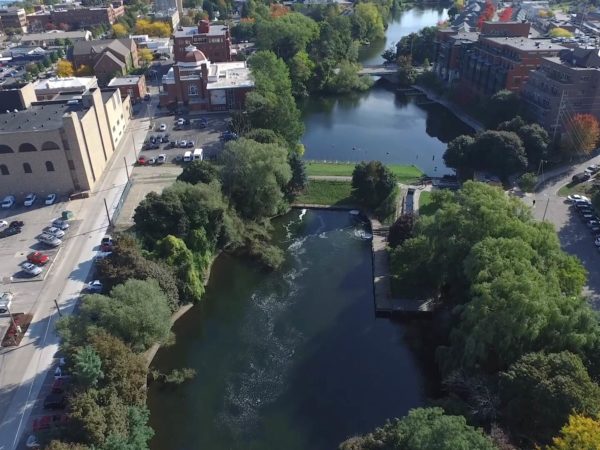Are you watching the series “The Age of Nature” on PBS? Airing information HERE.
It’s a three-part documentary exploring environmental restoration projects around the world. Narrated by Uma Thurman, the program shares stories of efforts, research and successes aimed at improving natural settings for the benefit of flora, fauna and humans.
Click on the stories and videos below to learn more about similar work going on in the Great Lakes region.
The Age of Nature: Series finale ends with hope
As “The Age of Nature” documentary concludes its national airings on PBS stations, we find more hope globally and in the Great Lakes region.
The Age of Nature: Building understanding of the complexity of restoration efforts
In the second episode, dam removals, wolves, water shortages and changing landscapes are part of “The Age of Nature” and the Great Lakes ecosystem.
The Age of Nature: Humanity’s relationship with nature in the Great Lakes region and beyond
What are the modern issues affecting nature and what are humans doing about them?
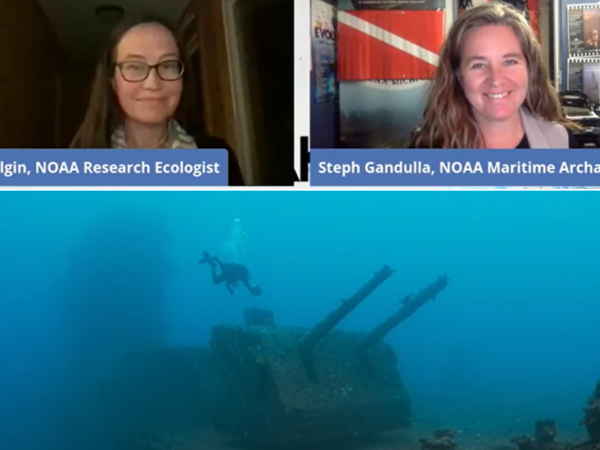
What Grows: “Shipwrecks and Ecosystems” watch party for Great Lakes Now and “The Age of Nature”
Whether they’re in oceans or the Great Lakes, shipwrecks create unique ecosystems for a variety of aquatic life.
Damming Decisions: Watch party for Great Lakes Now and The Age of Nature
Learn more about what happens when these dams are built and what happens when they come down in this Great Lakes Now watch party.
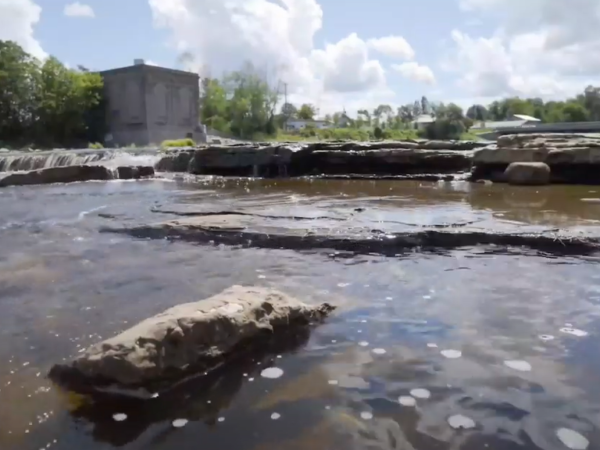
When a Dam Comes Down: Removal of dams allows fish passage and habitat restoration
Razing dams and returning rivers to their more natural courses is happening throughout the world – including on the St. Regis Mohawk Reservation.
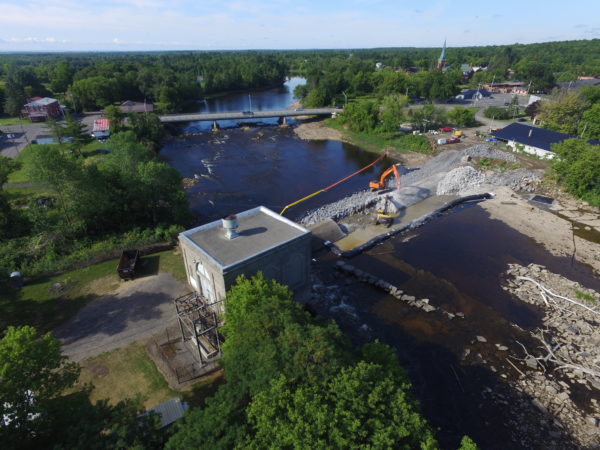
Dams Across the Great Lakes: End of the line for aging infrastructure?
Instead of spending money to repair old dams, more communities are putting resources towards decommissioning dams and letting rivers run free.
Global Good News: “The Age of Nature” series aims to show success stories in environmental restoration
“There’s a huge amount of positive stories out there to choose from,” said Verity White, “The Age of Nature” series producer.
What Grows: Shipwrecks become ecosystems, even at nuclear testing sites
“The Age of Nature” producer Pete Lown spoke with Great Lakes Now about the powerful symbolism of marine life returning to the wrecks in advance of the documentary airing.
Mapping “The Age of Nature”: Visit locations in the new PBS series and their Great Lakes connections
Visit this map to learn about global habitat restoration efforts and similar work around the Great Lakes.
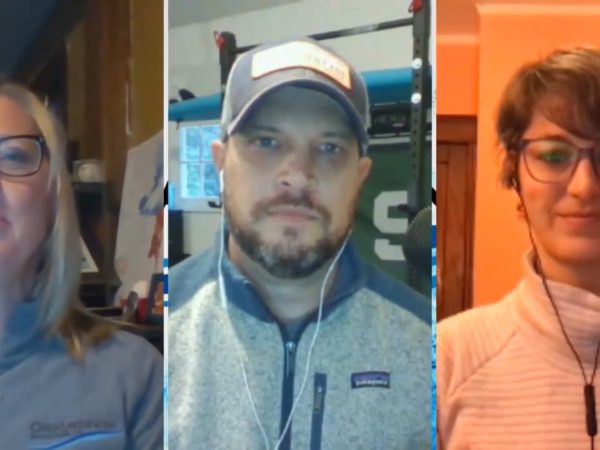
Watch Party: River Influence
Great Lakes Now Program Director Sandra Svoboda chats with journalist Lorraine Boissoneault and Drew YoungeDyke from the National Wildlife Federation about mining, Asian carp, water quality and the Great Lakes.
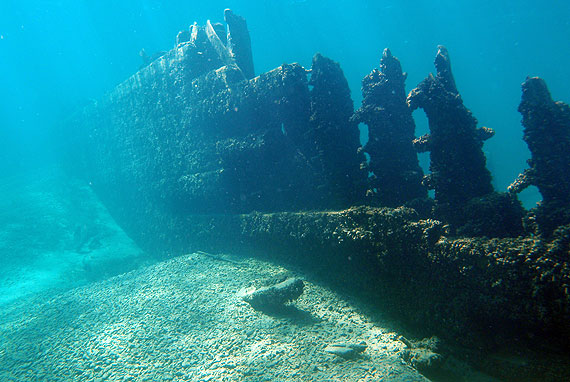
Shipwreck Life: How fish and other aquatic species utilize Great Lakes shipwrecks
From bass and burbot to freshwater sponge, the kind of ecosystem that forms around Great Lakes shipwrecks are as varied as the thousands of wrecks.
Damming Decisions
Four dams were built along the Boardman River in Northwest Michigan to generate hydroelectric power for Traverse City. But by 2004 they were no longer economically viable. A decision was made to remove three of the dams and renovate the last one in downtown Traverse City.
Detroit Public TV’s broadcast and engagement with “The Age of Nature” is supported by the Michigan Wildlife Council and PBS.


